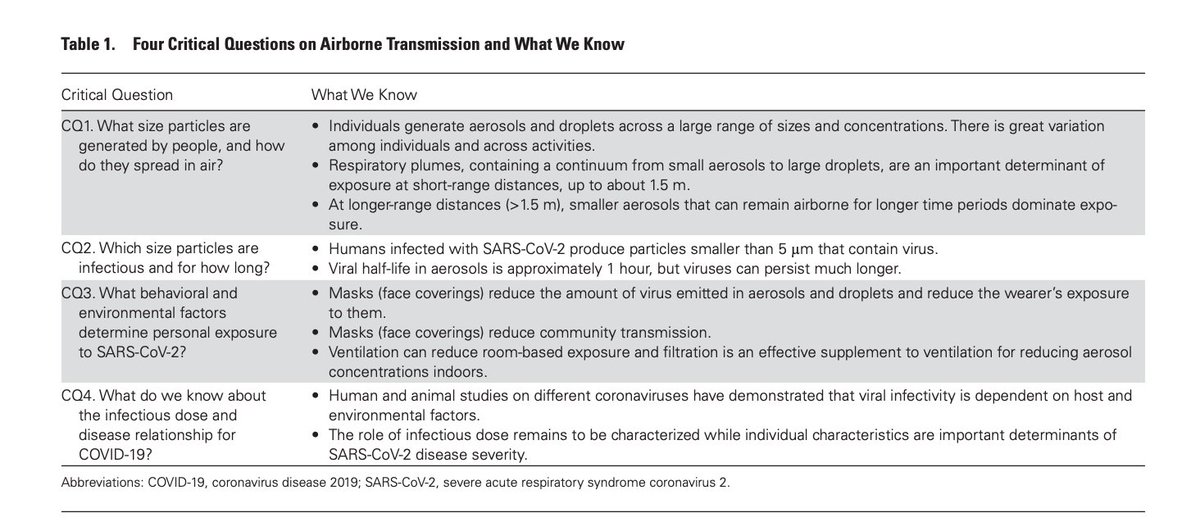
1/ Really tired of reasonable, critical, school safety mitigations being mired in politics. Local "open schools/COVID just flu" groups are funded by GOP hardliners w/extreme views on masks, vaccines and need for public health regs.
(Lost an election? Try a recall.)
(Lost an election? Try a recall.)
https://twitter.com/WhoaNelly2021/status/1383566233593782276
2/ And yet, we may have a lot of room actually for common ground and a return to reason, a return to a common set of working facts — sensible precautions to keep school buildings open.
pewresearch.org/fact-tank/2021…
pewresearch.org/fact-tank/2021…
3/ Concerns are heightened when people have more experience with COVID-19. We should be erring on the side of doing more for safety, not less.
@APSVirginia won't commit to masks or 3' distance in fall, but families must choose a fall learning model now!
pewresearch.org/fact-tank/2021…
@APSVirginia won't commit to masks or 3' distance in fall, but families must choose a fall learning model now!
pewresearch.org/fact-tank/2021…
4/ Our citizens also now live in different "information" environments.
For instance, Republicans who relied on Trump for COVID-19 news were more likely to say the pandemic was overblown and that the media covered it poorly.
journalism.org/2021/02/22/rep…
For instance, Republicans who relied on Trump for COVID-19 news were more likely to say the pandemic was overblown and that the media covered it poorly.
journalism.org/2021/02/22/rep…
5/ We see groups diverging whether or not to send kids to in-person school right now, too.
School board members have to make decisions based on more than 30,000 households who are connected via our schools, not just one mainly White, more-likely-to-be-vaccinated group.
School board members have to make decisions based on more than 30,000 households who are connected via our schools, not just one mainly White, more-likely-to-be-vaccinated group.

6/ It also stinks to ask a kid with a heart defect if they want to roll the odds of a 1 in 50 chance at catching COVID, in a lax school, or perhaps miss out on in-person school because officials didn’t care enough about making school safe for those with a medical condition.
• • •
Missing some Tweet in this thread? You can try to
force a refresh





